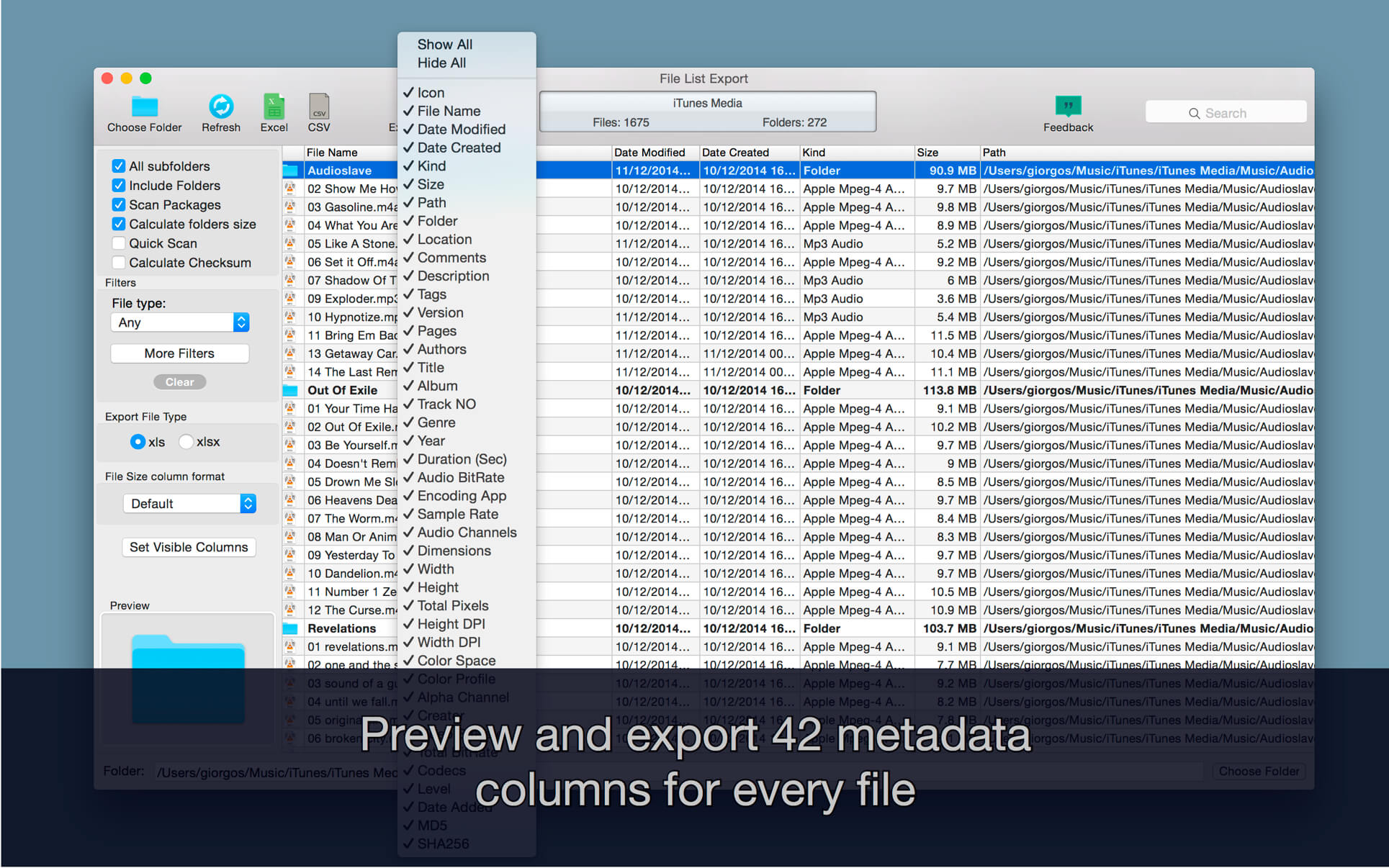

One last step - just make sure the file size of your exported video is under 500 MB. There is a little progress icon towards the top right of the window - when your video is finished exporting you should get a message saying 'Share successful.' If you click on 'Show' you will be taken to your exported video ready for uploading to Solent Online Learning. In this example I have named the file 'Test Movie' and set the save location to the desktop. Save the exported file to an appropriate place

This has brought the file size down to 198 MB which is below the 500 MB limit. In this example I have set the Resolution to 960 x 540 via the drop-down arrows and the Quality to High (1). Tweak the Resolution and Quality until the file size is less than 500 MB You can find your file in the recently opened files list by choosing File Recent, and clicking the filename to open the file. When you locate the video, right-click or Control-click on it and select Open With > QuickTime Player. This submenu lists the installed image acquisition plugins. For this, open the Finder app and navigate to the video file whose size you want to lower. TIFF files with multiple images of the same type and size open as a stack. Add additional Export Sizes to the list, if necessary. Like images, you can also lower the file size of videos on a Mac. Using the Export Panel Define what gets exported on the top-left portion of the panel. In order to reduce this to under 500 MB you need to adjust the Resolution and Quality (2). Method 5: Resize a video using QuickTime Player. The screenshot below shows the original file size of the video which is 3.38 GB (1) - far too big to upload as your assignment. In iMovie 10 Apple removed the capability to alter the video compression settings using Quicktime but you can still reduce the file size to ensure it is under 500 MB.
Mac file list export file size movie#
Step 3. Look at the options for changing the Resolution and Quality of your movie Share your movie using the 'File' optionĬlick on the 'Share' icon (1) and you will see a window with a number of export pre-set options. For help with editing your video in iMovie see If you only need the certificates, use -nokeys (and since we aren’t concerned with the private key we can also safely omit -nodes): openssl pkcs12 -info -in INFILE.Edit your movie in iMovie as usual - when you are happy with the finished movie and ready to export move on to step 2. If you only want to output the private key, add -nocerts to the command: openssl pkcs12 -info -in INFILE.p12 -nodes -nocerts END ENCRYPTED PRIVATE KEY- Extract Only Certificates or Private Key SGVCCBj5vBpSbBXAGbOv74h4satKmAMgGc8SgU06geS9gFgt/wLwehMJ/H4BSmexĤS/2tYzZrDBJkfH9JpggubYRTgwfAGY2BkX03dK2sqfu+QVTVTKMj2VI0sKcFfLZ MBQGCCqGSIb3DQMHBAiXdeymTYuedgSCBMjwGg78PsqiNJLfpDFbMxL98u3tK9Cs Export to Excel or CSV file- Export your list of files to xls or xlsx for further processing with Microsoft Excel or Numbers.

Mac file list export file size password#
In this case, you will be prompted to enter and verify a new password after OpenSSL outputs any certificates, and the private key will be encrypted (note that the text of the key begins with -BEGIN ENCRYPTED PRIVATE KEY-): Enter PEM pass phrase: If you would like to encrypt the private key and protect it with a password before output, simply omit the -nodes flag from the command: MQswCQYDVQQGEwJVUzEOMAwGA1UECAwFVGV4YXM圎DAOBgNVBAcMB0hvdXN0b24xĮTAPBgNVBAoMCFNTTCBDb3JwMTowOAYDVQQDDDFTU0wuY29tIENsaWVudCBDZXJ0īwK6ABAZUq6QcvhD0LYsXya+ncDCR6wxb9E0DWd4ATQMzxGTu/yE3kT+9Ef6IY+nĪrmh3HZUfan2Hb64YD0tjLMca/PC+sKAZu28gB/3HQRHIFugvh6RO3bIoorl0jUg MIIF1DCCA7ygAwIBAgIQcOrAJCMayJsZBKJsyz/aQDANBgkqhkiG9w0BAQsFADB+ Subject=/CN=Aaron Corp/CN=SSL.com Client Certificate Intermediate CA RSA R1 OpenSSL will output any certificates and private keys in the file to the screen: Bag Attributes Type the password entered when creating the PKCS#12 file and press enter. You will then be prompted for the PKCS#12 file’s password: Enter Import Password: To dump all of the information in a PKCS#12 file to the screen in PEM format, use this command: openssl pkcs12 -info -in INFILE.p12 -nodes In all of the examples shown below, substitute the names of the files you are actually working with for INFILE.p12, OUTFILE.crt, and OUTFILE.key.


 0 kommentar(er)
0 kommentar(er)
